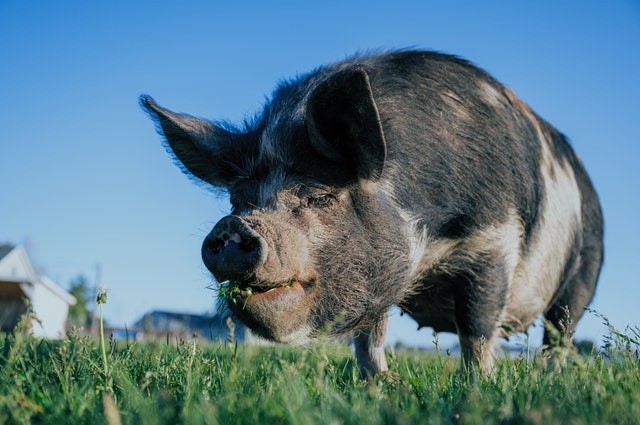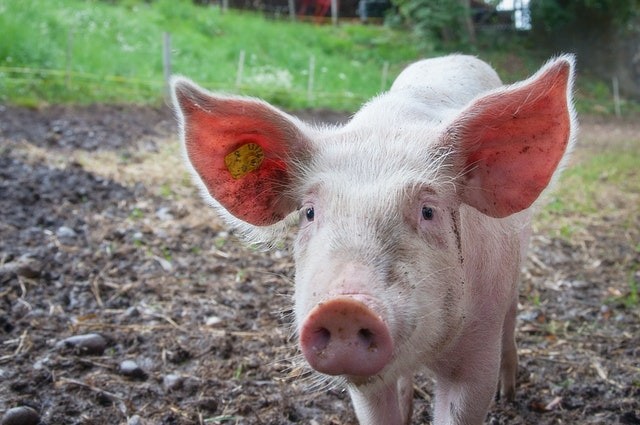In North Carolina, DNA analysis of bacteria discovered in humans and pigs in the rural east - a geographical area with intensive pig farming on industrial-scale advocates that antibiotic-resistant Staphylococcus aureus strains are escalating among pigs, their families, farmworkers, and community residents, and symbolize an evolving health threat to the public according to research led by scientists at the Johns Hopkins Bloomberg School of Public Health.

Staphylococcus aureus Can Lead to Medical Problems
Staphylococcus aureus is usually discovered in water and soil, as well as on the skin of pigs, their upper respiratory tract, other animals, and humans. It can lead to medical problems from minor skin disease to serious surgical wound disease, pneumonia, and sepsis, often known as a lethal blood-infection condition.
The studies provide proof that antibiotic-resistant Staphylococcus aureus strains have the capability to escalate and likely cause illness in and around the United States factory farm communities -- a situation the authors say scientists should continue looking into.
The research was released online in Emerging Infectious Diseases on February 22, a journal released by the United States Centers for Disease Control and Prevention. The scientists in previous years have been taking samples of Staphylococcus aureus from farmworkers, family members of farmworkers, pigs, and community residents which include children living in the top pig-producing district in North Carolina.
DNA Analysis
For the findings, researchers analyzed the DNA from some of these samples taken to know how the strains found in pigs and people are related. They discovered that the strains were very much related, giving proof for transmission among pigs and people. Most of the strains has genes contributing resistance to many antibiotics.
"We discovered that these livestock-associated Staphylococcus aureus strains had several genes that transfer resistance to antimicrobial drugs mostly used in the United States industrialized system for pig production," according to Pranay Randad, study first author, Ph.D., a postdoctoral scientist in the Bloomberg School's Department of Environmental Health and Engineering.

The Discoveries Warrants Future Experiments
According to the research senior author, Christopher Heaney, Ph.D., and associate professor in the Department of Environmental Health and Engineering said "These discoveries warrant future experiments into the transmission dynamics in close communities and disease burden related with these strains in the United States," Epidemiologists have long noticed that Staphylococcus aureus and other bacteria are transferred from humans to pigs on pig-factory farms, and from there develop antibiotic resistance inside the pigs.
The animals are frequently given antibiotics to avert outbreaks in the factory farms. The antibiotic-resistant bacterial strains may then be transferred back to humans, which becomes a potentially serious source of infection.
Recently, Heaney and co-workers have been collecting Staphylococcus aureus isolates from farmworkers and pigs at North Carolina factory-scale pig farms, one of the dominant pig-farming states. Their study has revealed that strains of staphylococcus aureus associated with livestock, most of them being strains of antibiotic-resistant, which can be seen not only in pigs but can as well be seen in farm workers, family members of the farmworkers, and people living close.
For more news, updates about pigs and similar topics don't forget to follow Nature World News!
© 2025 NatureWorldNews.com All rights reserved. Do not reproduce without permission.





